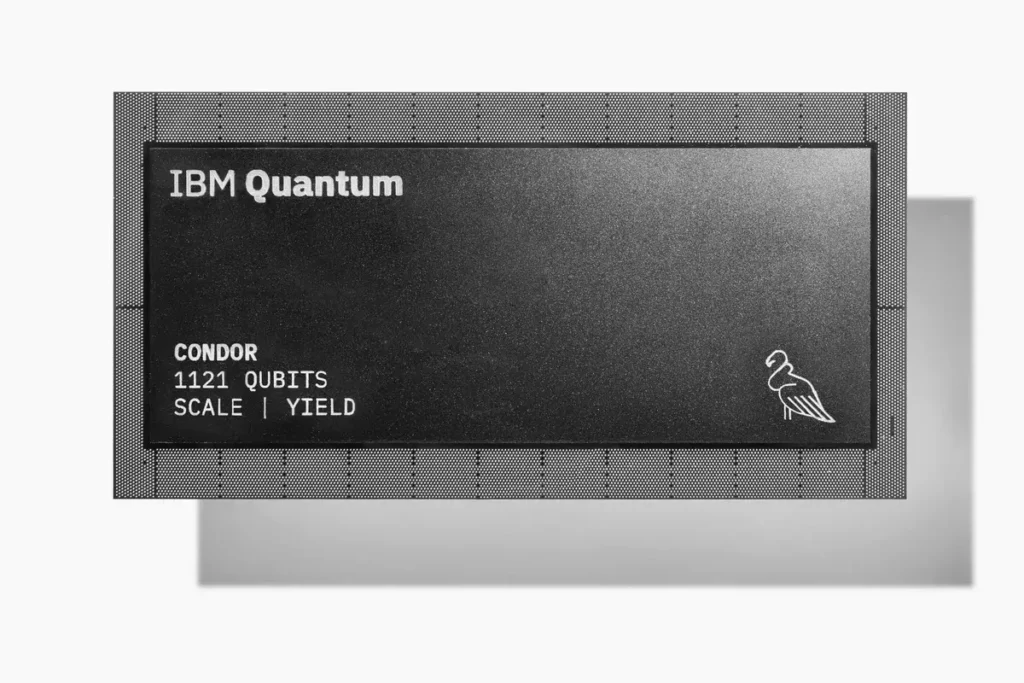The quantum processor surpasses the 1,000-qubit milestone, shifting focus from qubit count to error resistance for practical quantum computing.

IBM recently introduced Condor, a new quantum processor with 1,121 qubits, setting a new standard in its quantum computing journey by presenting a machine with over 1,000 qubits for the first time. The company is now transitioning its emphasis from the number of qubits to enhancing error resistance in its quantum devices.
The Condor chip has 1,121 superconducting qubits arranged in a unique honeycomb layout. This development builds on IBM’s achievements, including creating a 127-qubit chip in 2021 and a 433-qubit chip the year before.
Quantum computing utilizes the principles of quantum mechanics, leveraging phenomena like entanglement and superposition. This allows qubits to simultaneously exist in multiple states, offering computational possibilities that surpass traditional computing.
Quantum states, while promising, are prone to errors. Recognizing this, IBM is shifting its focus to enhance error resistance instead of increasing qubit quantity. The company understands that effective error-correction methods are essential for the practical application of quantum computing.
IBM’s revised strategy includes the Heron chip, which has 133 qubits and a significantly lower error rate, reduced by a factor of three compared to its predecessor. This shift towards reducing errors aligns with the broader industry view that effective error correction might require over a thousand physical qubits for every logical qubit.
IBM researchers have explored an alternative error-correction method, the quantum low-density parity check (qLDPC). This approach could drastically decrease the number of physical qubits needed for error correction.
The implementation of qLDPC in superconducting qubits presents substantial challenges. Experts, including Harvard University’s Mikhail Lukin, recognize the strength of IBM’s theoretical research but caution that practical applications may be several years away.
By the decade’s end, IBM’s updated roadmap aims to achieve practical quantum computations, such as simulating catalyst molecules. The company’s strategy involves developing chips tailored for qLDPC-corrected qubits and creating a network of interconnected chips with improved error resistance.
For more information, click here.






